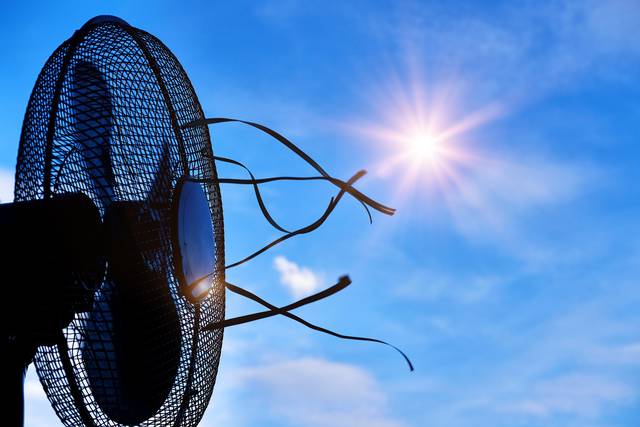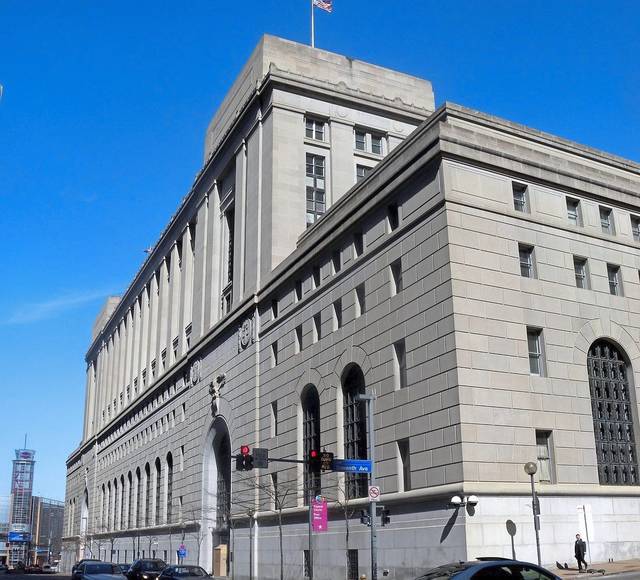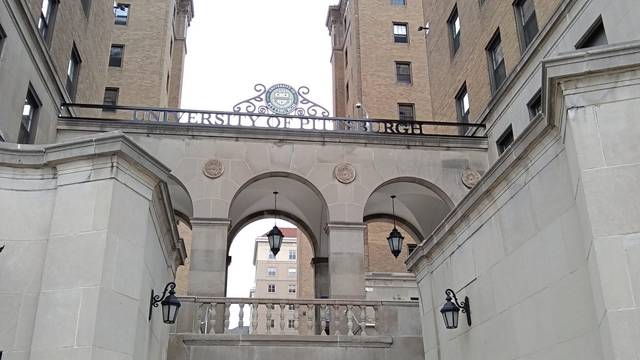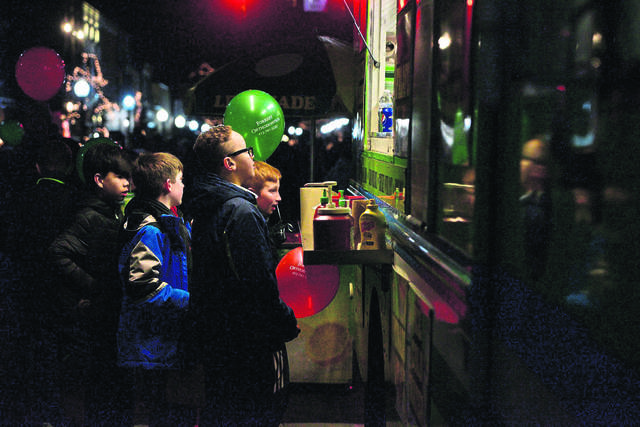If the Beach Boys were compiling their greatest hits today, the album title might be “Warmest Summer” instead of “Endless Summer.”
A new report by the National Oceanic & Atmospheric Administration, or NOAA, finds this summer tied 2016 for the warmest on record in the Northern Hemisphere.
For the months of June, July and August, the hemisphere’s average global surface temperature for land and ocean surfaces combined was 2.03 degrees above average, the same as 2016, according to NOAA’s August 2019 Global Climate Report. The Northern Hemisphere’s five warmest summers have all occurred in the last five years.
What’s more, last month was the second-warmest August on record, after 2016, the NOAA report said.
“August … was characterized by warmer-than-average conditions across much of the world’s land and ocean surfaces,” NOAA said. “The most notable temperature departures from average during August 2019 were present across parts of the North Pacific Ocean, the Bering Sea, northern Canada, the south-central contiguous U.S., the Baffin Bay, central Europe, north-central Russia, as well as parts of southern Africa and eastern Antarctica.”
The Washington Post reported that the monthly and seasonal averages are computed using data from thousands of thermometers, buoys and other sensors on land and sea.
“During August 2019, 11.8% of the world’s land and ocean surfaces had a record warm August, while no land or ocean areas had a record cold August temperature. This was the highest percentage for any record warm or cold August temperature across the globe since 1951,” NOAA said.
Greater Pittsburgh’s summer, however, was not one for the record books, according to the National Weather Service Pittsburgh office in Moon.
The average temperature for June, July and August was 71.7 degrees, which was 0.7 degrees above normal. The average high of 81 was right at normal, while the average low of 62.4 degrees was 1.5 degrees above normal.
“Pittsburgh didn’t get as high of temperatures as other areas because of a wet early summer,” said NWS meteorologist Chris Leonardi.
The average high in Pittsburgh in August is 81.4 and the average low is 61.5, according to U.S. Climate Normals from 1981-2010.
Within decades, though, the Pittsburgh weather of today may be unrecognizable. A study published in a recent issue of Nature Communications said that, if current climate change trends continue, Pittsburgh will feel like Jonesboro, Ark., by 2080.
The study’s authors used climate-analog mapping to describe the practical impact of climate change, matching 540 North American cities with locations they will most feel like 60 years from now.
The typical summer in Jonesboro is 10 degrees warmer and 17.6% drier than in Pittsburgh, according to the study. Winters are about 45% wetter.








